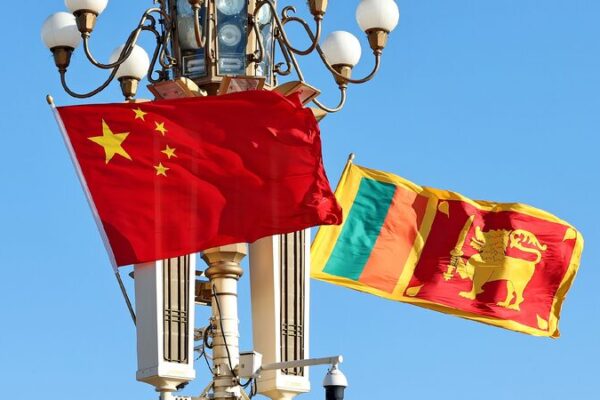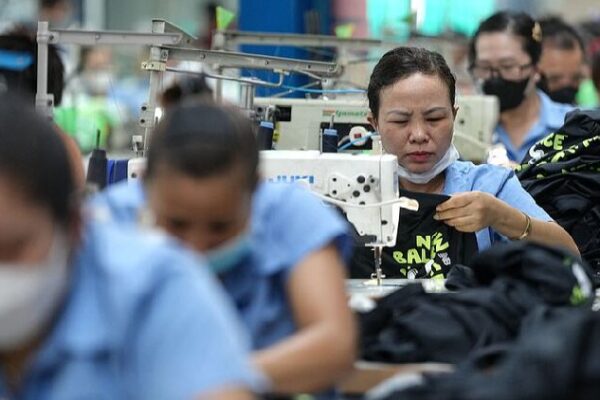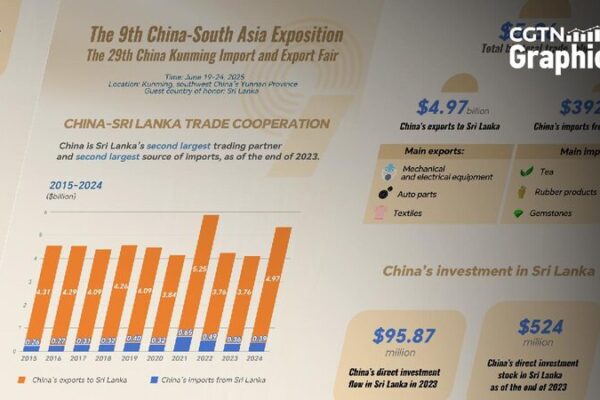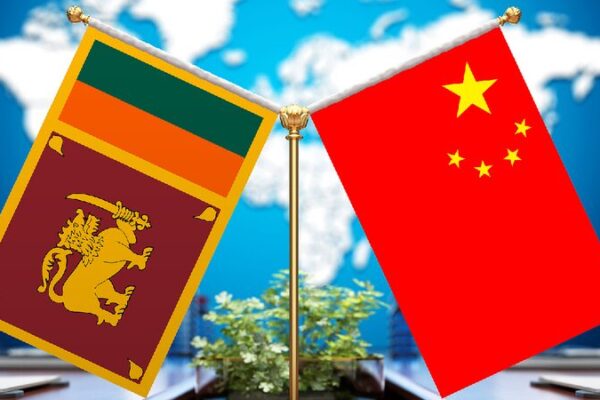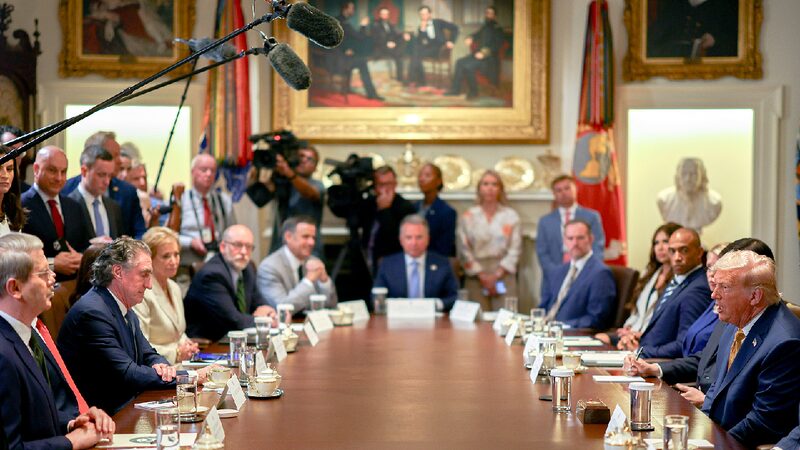Sri Lanka is facing a new economic challenge as the United States imposes a massive 54% tariff on its exports. This move comes at a critical time, with the island nation still recovering from its worst economic crisis in decades.
The US, Sri Lanka’s largest single export destination, accounts for about $3 billion of the country’s $13 billion in total exports, mainly textiles and apparel. With the new tariffs, Sri Lanka’s competitive edge is at risk.
A Hard Hit for the Apparel Sector
The apparel industry, a backbone of Sri Lanka’s economy, is expected to feel the brunt of these tariffs. Over 360,000 people are directly employed in this sector, with another million relying on it indirectly. Many of these workers are from rural areas, and the industry provides vital income, especially for women-led households.
With such steep tariffs, Sri Lankan producers may struggle to keep prices competitive. Buyers might shift their orders to other countries unless costs are reduced or the tariff burden is absorbed—neither of which are sustainable options.
Understanding the US’s Rationale
The US government’s move towards protectionism aims to encourage domestic production by taxing imports. However, this strategy overlooks practical challenges. The US’s share of global manufacturing has decreased from over 60% in the 1960s to just 15% today. Replacing international suppliers overnight is unrealistic.
Moreover, higher tariffs can lead to increased prices for American consumers, especially affecting low- and middle-income households already grappling with inflation.
Time for Sri Lanka to Diversify
This situation highlights the urgent need for Sri Lanka to reassess its trade strategies. The country’s reliance on Western markets has left it vulnerable to such policy changes. With the US Generalized System of Preferences in question and the European Union’s trade benefits set to expire, Sri Lanka must look elsewhere.
Pivoting towards regional integration could be the answer. Engaging with platforms like the Regional Comprehensive Economic Partnership (RCEP) and strengthening ties with neighboring countries such as India and those in ASEAN could open new doors. Embracing initiatives like the Belt and Road may also provide opportunities for growth.
Building a Resilient Future
Sri Lanka’s key projects, like the Colombo Port City and the Hambantota Industrial Zone, should be positioned as crucial hubs in Asian supply chains, not just as investments aimed at Western markets. Learning from other countries that have strengthened their economies through regional cooperation could guide Sri Lanka towards a more resilient future.
A Wake-Up Call
The US tariffs serve as a stark reminder that relying heavily on a single market is risky. For Sri Lanka to safeguard its economy and support its people, it’s time to diversify trade partnerships and embrace regional integration. By doing so, the nation can turn this challenge into an opportunity for growth and stability.
Reference(s):
cgtn.com


